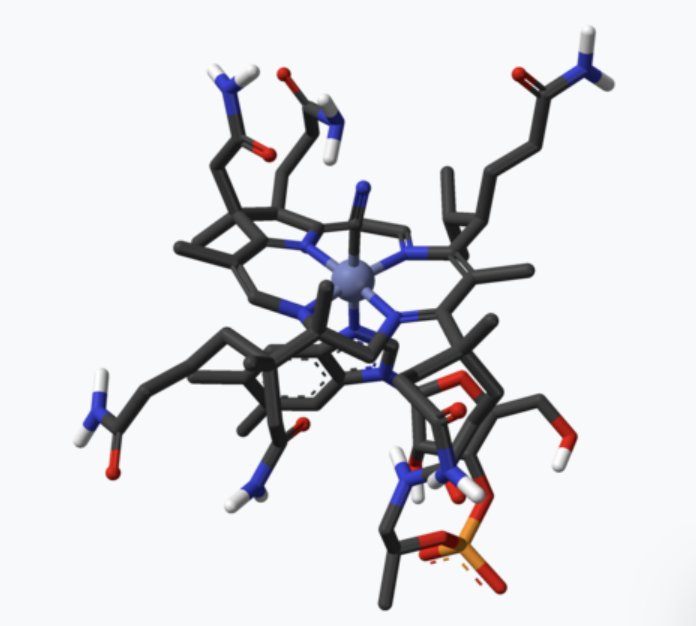What actually makes it? Bacteria and archaea; no eukaryote can produce it! Fun fact: some gut bacteria can make it, but they're in the colon, so it all gets wasted :(
Vitamin B12 is directly or indirectly responsible for six different nobel prizes. SIX!!!!! and the stories behind this are fantastic.
let's start from the beginning.
it all starts in 1849, when Thomas Addison did the first write-up on an illness that would later be named "pernicious anemia", a strange disease for which no cause was known.
but no treatment was found, nor was there even a clue as to the cause.
the first 10 patients showed symptom improvements. the controls did not
finally, they had a lead.
George Minot and William Murphy verified this theory and set to work on making an extract.
In 1928, Edward Cohn created an extract that removed most irrelevant compounds but kept whatever it was that cured the disease. Finally a practical cure.
Life went downhill from there; with the Depression in full swing, she was a social worker for a few years. World War 2, however, brought new opportunities.
It was mostly grunt work: her job was to culture Lactobacillus lactis Dornier (LLD), used for yogurt.
In a chance meeting, she met Karl Folkers, a Merck pernicious anemia researcher, and convinced him to fund her wild idea for a bioassay for the substance, whatever it was, that treated pernicious anemia.
Within 3 months, the substance now known as vitamin B12 had been isolated and crystallized by Merck's researchers. Merck gave her a pension for life.
Humans are low-tier wannabes in the chemical synthesis world!
/fin
and pernicious anemia? an autoimmune response that results in insufficient Intrinsic Factor and thus low B12 uptake.







